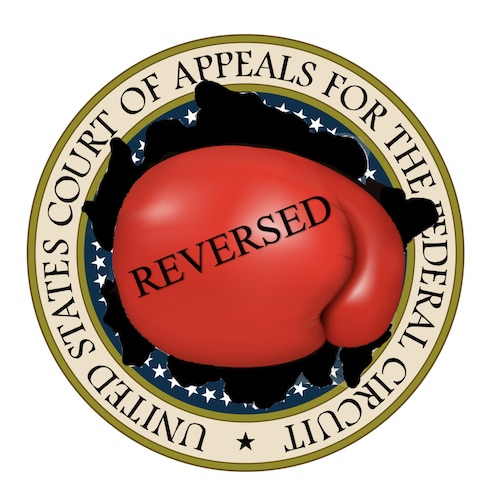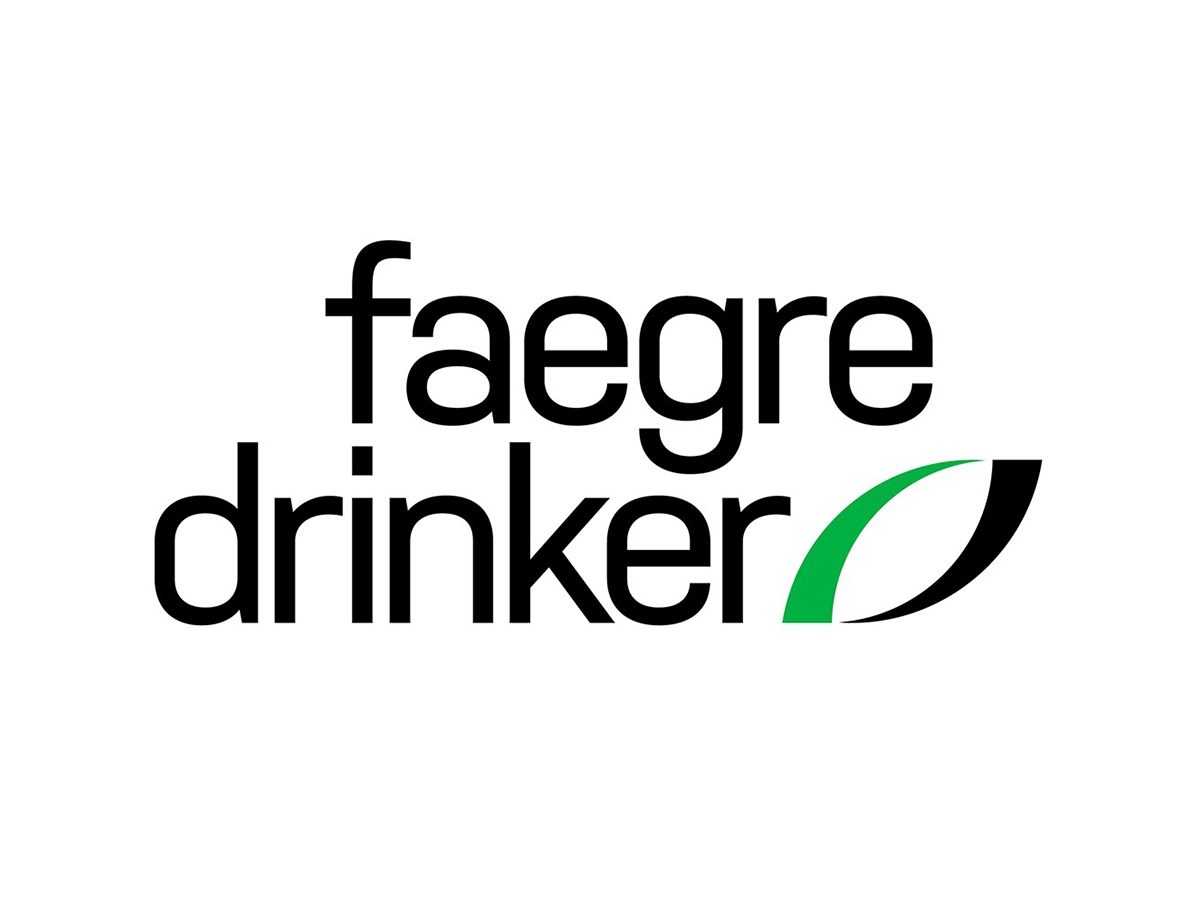CAFC Says Fraud in Incontestability Filing Does Not Kill Trademark Registration
“What Great Concepts acquired through Mr. Taylor’s fraudulent Section 15 declaration was incontestable status for its already-registered trademark. Under the Lanham Act, registration and incontestability are different rights.” – CAFC majority
The U.S. Court of Appeals for the Federal Circuit (CAFC) on Wednesday ruled in a precedential decision that the U.S. Patent and Trademark Office (USPTO) Trademark Trial and Appeal Board (TTAB) cannot cancel a trademark based on the filing of a fraudulent declaration under Section 15 of the Lanham Act.
Section 15 of the Lanham Act deals with acquiring incontestability status for an already-registered trademark. In the present case, the attorney for Great Concepts, LLC submitted a false declaration to the USPTO in an attempt to obtain incontestable status for the mark DANTANNA’S for a steak and seafood restaurant. Chutter, Inc. challenged the mark via a petition for cancellation of the registration, alleging likelihood of confusion with its common law mark, DAN TANA for restaurant services. Chutter also sued Great Concepts for trademark infringement in the Northern District of Georgia but the district court granted summary judgment for Great Concepts, a ruling that was affirmed by the U.S. Court of Appeals for the Eleventh Circuit. The TTAB, meanwhile, dismissed Chutter’s cancellation action when Chutter failed to respond to an order to show cause.
Great Concepts’ attorney, Frederick Taylor, then filed a combined declaration of use and declaration of incontestability with the USPTO. As part of the Section 15 declaration of incontestability, Taylor declared that “there is no proceeding involving said rights pending and not disposed of either in the U.S. Patent and Trademark Office or in the courts.” This was false, since the Eleventh Circuit ruling was handed down on July 15, 2010, the TTAB’s dismissal of the cancellation proceeding was entered on December 14, 2010, and Taylor’s declaration was submitted on March 8, 2010.
In 2015, Chutter petitioned for cancellation again, this time based on Taylor’s 2010 false Section 15 declaration. The Board subsequently found the declaration was fraudulent and cancelled Great Concepts’ mark pursuant to Section 14 of the Lanham Act.
On appeal, the CAFC explained that, although the TTAB “has long believed” it has the power to cancel a trademark’s registration due to the owner’s filing of a fraudulent Section 15 declaration, it does not. The court said that, since Section 14 deals with incontestability, and not registration status, the Board is not authorized to cancel the mark in this case. It elaborated:
“What Great Concepts acquired through Mr. Taylor’s fraudulent Section 15 declaration was incontestable status for its already-registered trademark. Under the Lanham Act, registration and incontestability are different rights…. Indeed, registration is a prerequisite to incontestability. Rendering an already-registered mark harder to invalidate, which is the impact of incontestable status, is not the same thing – or even nearly the same thing – as getting, acquiring, or securing registration of the mark in the first place. Hence, fraud committed in connection with obtaining incontestable status is distinctly not fraud committed in connection with obtaining the registration itself.”
The CAFC invoked the plain language of the statute and Section 33(b) of the Lanham Act as support for its interpretation.
While Chutter argued that the court should adhere to longstanding TTAB precedent holding that a fraudulent declaration filed in support of incontestability status can be the basis for Board cancellation of a registered mark, the CAFC first noted that “Board decisions do not, of course, bind this court,” before explaining that the cited case, Crown Wallcovering, got it wrong. That decision relied on an earlier ruling of the Court of Customs and Patent Appeals (CCPA) in Duffy-Mott, which the CAFC distinguished, noting that “the CCPA expressly declined to reach the question of whether Section 14 permitted cancellation based on fraudulent statements in a Section 15 declaration” in that case. The court further disagreed with Chutter that its own precedent supports Crown Wallcovering and rejected Chutter’s bid to fall in line with the Ninth Circuit Court of Appeals’ interpretation in Robi v. Five Platters, Inc., 918 F.2d 1439, 1444 (9th Cir. 1990). “Robi cites to Duffy-Mott and Crown Wallcovering as the bases for its conclusions. See id. As we disagree with the Board’s reading of Duffy-Mott and disagree that Duffy-Mott supports the Board’s holding in Crown Wallcovering, we are likewise unpersuaded by Robi,” said the CAFC.
Responding to Chutter’s and the dissent’s claims that the court’s interpretation will encourage fraud, the CAFC explained that is not its intent:
“We certainly do not intend by our holding today to encourage fraud – of any type. We fully agree with the CCPA that intentionally using a false statement to acquire an important right, including the right of incontestable status, “can scarcely be characterized as mere carelessness or misunderstanding,” so we further agree that some significant sanction is “necessary to deter the further development of such a cavalier attitude toward statements in affidavits under section 15.”…
We do not, however, think our opinion means that committing fraud in connection with obtaining incontestability becomes a costless offense….. Loss of incontestable status is not nothing….”
The opinion further clarified that the TTAB has other means for punishing fraud, including sanctions and penalties against the attorney. But ultimately, said the majority, “Even if it were true that our decision would result in an unwelcome increase in fraud perpetrated against the Board – which, again, we do not believe it will – we would nonetheless adhere to the unambiguous language of the statute.”
Judge Reyna authored a lengthy dissent, opining that the decision gives a “green-light” for inequitable conduct and that the fraud at issue here represents a violation of the trademark owner’s “pact with the general public.”
Image Source: Deposit Photos
Image ID: 10042948
Author: almoond
Eileen McDermott
Eileen McDermott is the Editor-in-Chief of IPWatchdog.com. Eileen is a veteran IP and legal journalist, and no stranger to the intellectual property world, having held editorial and managerial positions at […see more]







